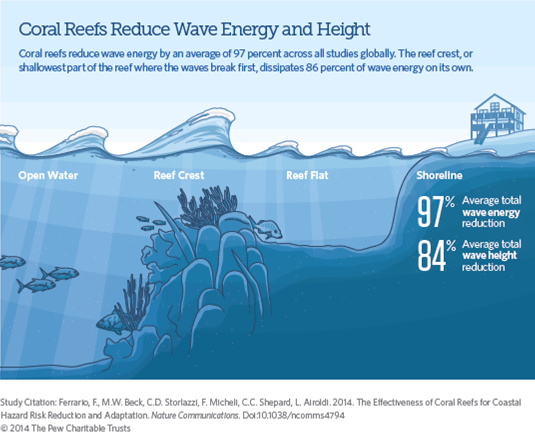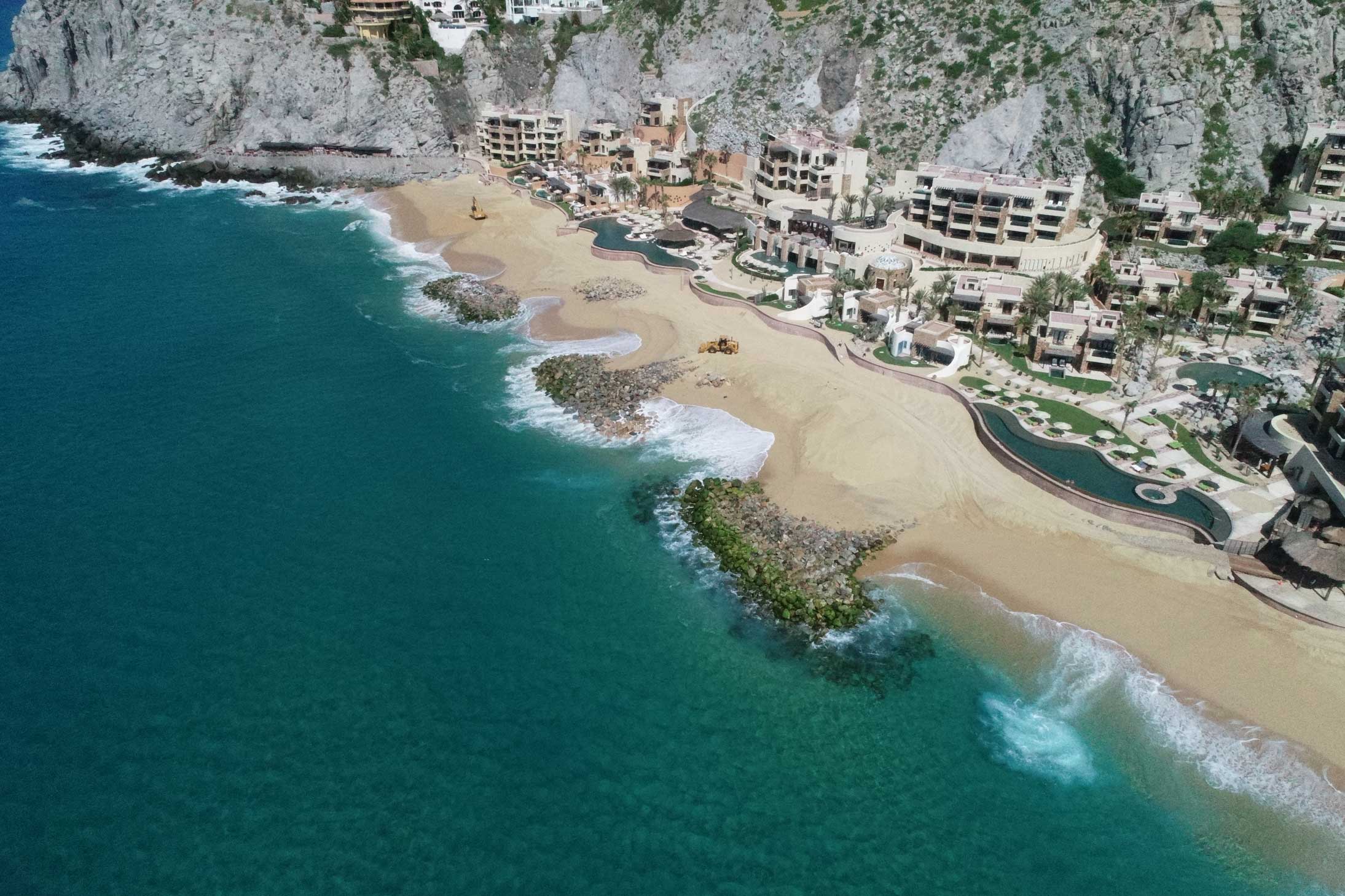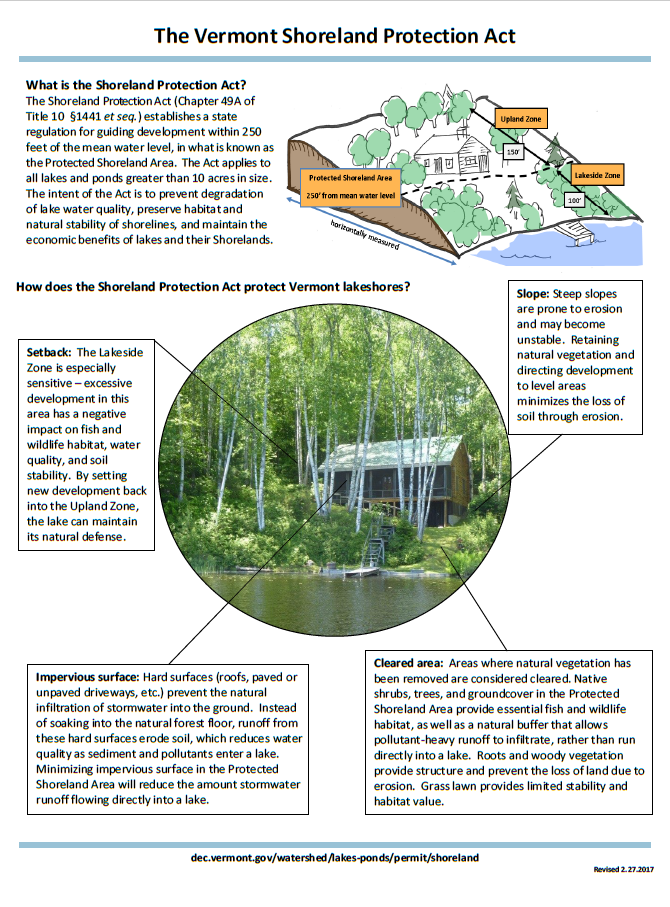All About Shore Protect Team
Table of ContentsHow Shore Protect Team can Save You Time, Stress, and Money.The Best Strategy To Use For Shore Protect TeamExcitement About Shore Protect TeamOur Shore Protect Team DiariesThe Buzz on Shore Protect TeamShore Protect Team - An OverviewThe smart Trick of Shore Protect Team That Nobody is Talking About
Decline in property value: As the area tourist is influenced by disintegration, so after that is the economic situation. Buyers are less likely to search for a coastline home that can be destroyed anytime by the upcoming flooding and disintegration emergency. In turn, home worth can drop greatly and influence the whole area.Whether a beach is just small and congested or needs to close entirely for the safety of the ecosystem and neighboring buildings, this substantially affects tourism. Consequently, neighborhood economies are impacted (https://www.bitchute.com/channel/ntKufVY1mnQE). Threat of injury: The raised danger of flooding and structural failings triggers an enhanced risk of injury to neighboring vacationers and area members

Coastline stabilization is directly associated to their job. Waterside hotels: Since shoreline disintegration effects tourism, it impacts the success of waterfront hotels.
The Shore Protect Team PDFs
Coastal industrial companies: No visitors means no organization. Coastal state parks: State parks that exist along coastlines are at threat of damages.
Soft stablizing is a much far better solution for the environment and even more sustainable overall. Tough stabilization uses synthetic structures as defense to regulate erosion. Typically, these structures are set up at ideal angles or alongside quit sand activity and minimize the pressure of waves. Many types of tough stabilization like seawalls and sheet metal are not perfect for shoreline stablizing.
The Main Principles Of Shore Protect Team
There's also not adequate proof of their performance depending upon the sort of coastline and local problems. Difficult stablizing methods tend to be a lot more challenging to install and do not match the natural visual, sticking out like a sore thumb and damaging regional ecological communities in many circumstances. Coastline nutrition is the procedure of adding lost sand and sediment back to coastlines after erosion has actually occurred.
TrapBags help in the process of beach nourishment by safeguarding natural ecological communities and permitting plants to expand. While this procedure can be expensive and is not long-term, the pros have a tendency to surpass the cons. TrapBag barriers deal many properties that make them ideal for coastal and shore erosion security. They're: Eco-friendly: You can utilize native soil both to surround and to fill up the TrapBags.

The Main Principles Of Shore Protect Team
They can additionally be installed without any heavy equipment. Budget-friendly: TrapBags are ideal for both little and huge locations of coastline.
Combined with a high building expense, this has led to raising use of other soft design coastal monitoring choices such as beach replenishment. Seawalls are constructed from different materials, many commonly strengthened concrete, stones, steel, or gabions. Other feasible building and construction products include vinyl, wood, aluminum, fiberglass composite, and naturally degradable sandbags made from hemp and coir. The suitable seawall style depends on location-specific facets, consisting of bordering disintegration procedures. There are three major kinds of seawalls: upright, bent, tipped, and mounds (see table below).
All-natural barriers, such as reef and mangrove woodlands, protect against the spread of tsunamis and the flow of coastal waters and mitigated the flood and surge of water. A cost-benefit strategy is an effective method to determine whether a seawall is appropriate and whether the advantages deserve the expense.
The 30-Second Trick For Shore Protect Team
A seawall is a fixed function which can conflict with the dynamic nature of the coastline and restrain the exchange of debris between land and sea. Advantages and drawbacks of seawalls according to Short (1999) Benefits Negative aspects Long term remedy in comparison to soft coastline sustenance (https://ko-fi.com/shrprtcttm#payment-widget).

This can create coastlines to dissipate, rendering them useless for beach goers. Generally, seawalls can be a successful way to regulate seaside disintegration, yet only if they are constructed well and out of materials that can stand up to the pressure of ongoing wave power.
Excitement About Shore Protect Team
Integrated with a high construction price, this has brought about enhancing use other soft engineering seaside management alternatives such as beach replenishment. Seawalls are constructed from various products, many generally strengthened concrete, boulders, steel, or gabions. Other possible building and construction products include vinyl, timber, aluminum, fiberglass composite, and naturally degradable sandbags made from hemp and coir. The appropriate seawall layout depends on location-specific elements, consisting of surrounding erosion procedures. There are three major kinds of seawalls: upright, bent, stepped, and mounds (see table below).
All-natural obstacles, such as coral reefs and mangrove woodlands, avoid the spread of tsunamis and the circulation of coastal waters and mitigated the flooding and surge of water. A cost-benefit method is an effective means to figure out whether a seawall is proper and whether the advantages deserve the expenditure.
4 Easy Facts About Shore Protect Team Shown
A seawall is a static feature which can clash with the vibrant nature of the coast and restrain the exchange of debris between land and sea. Advantages and drawbacks of seawalls according to Short (1999) Benefits Negative aspects Lengthy term remedy in comparison to soft beach sustenance.

This can create beaches to dissipate, providing them ineffective for beach goers. Normally, seawalls can be a successful means to regulate coastal disintegration, but just if they are constructed well and out of materials that can withstand the pressure of recurring wave energy.